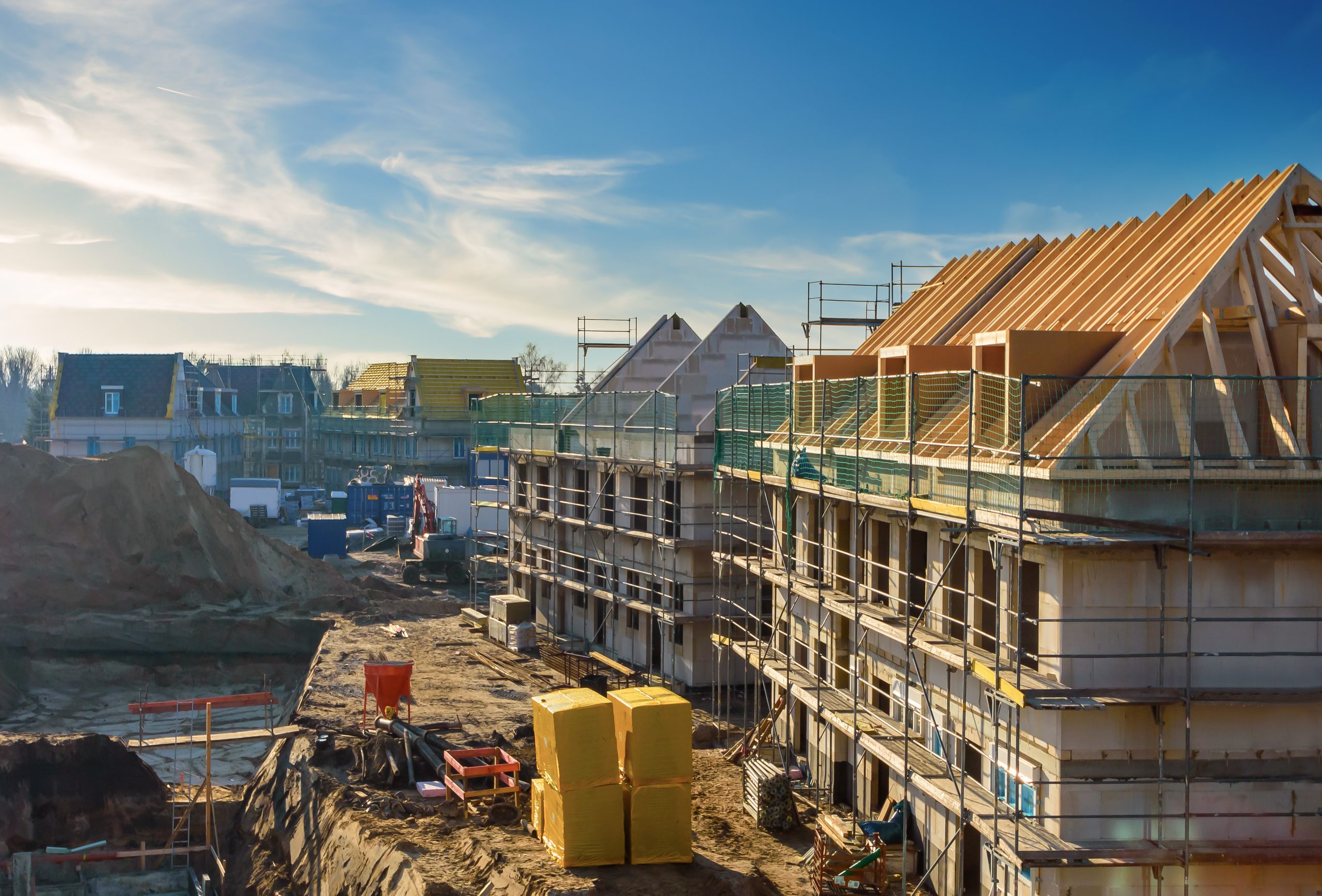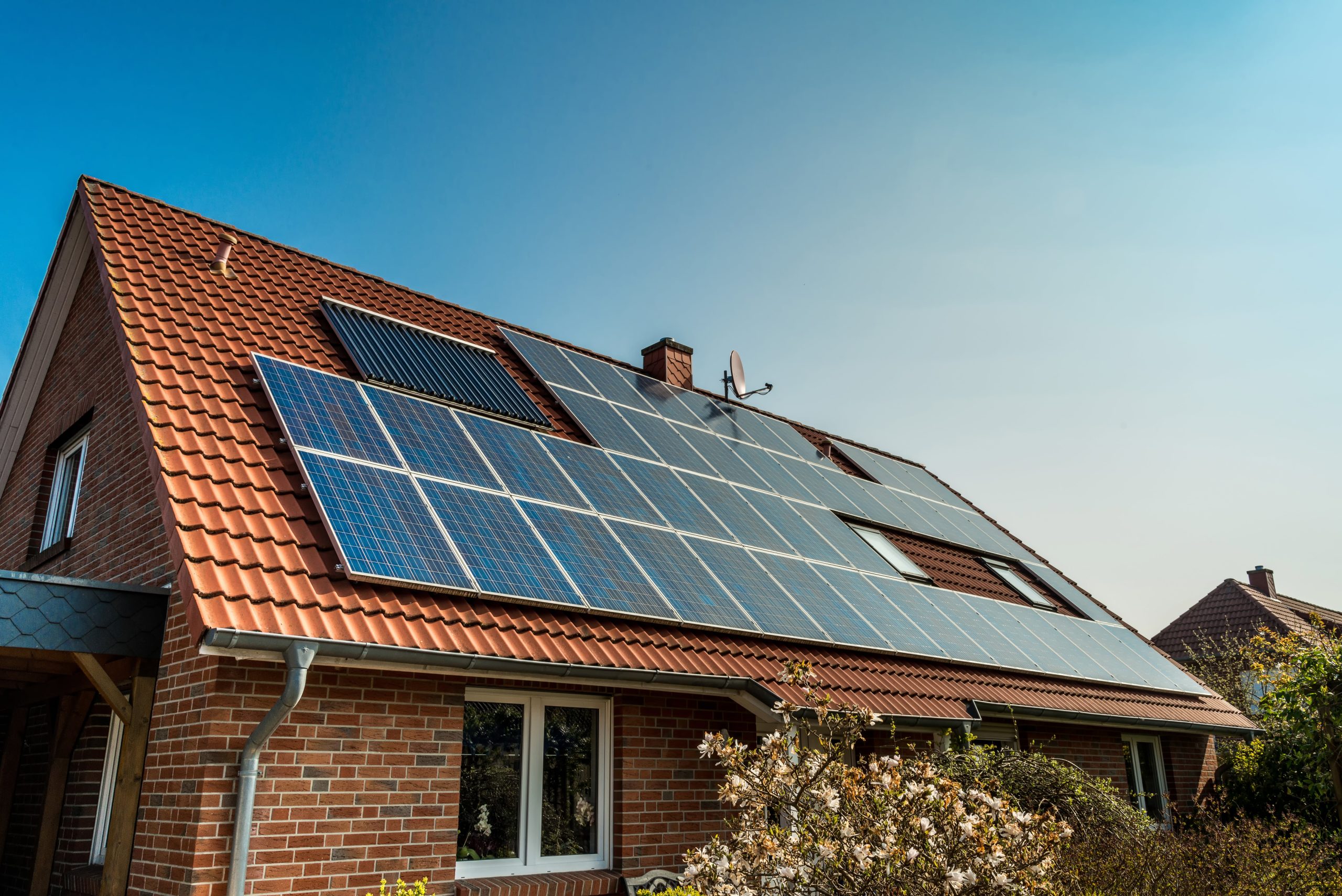NI Housing Executive Builds First New Homes Since 2002

Northern Ireland Housing Executive (NIHE) has broken ground on its first new-build homes for over two decades, after the organisation stopped building homes in 2002.
With a portfolio of approximately 85,000 properties in Northern Ireland, this latest new-build scheme will be located at Sunningdale Gardens in north Belfast.
Since the mid-1990s, social housing has been built by NIHE’s partner housing associations, but it is hoped that this landmark development will give the organisation “the opportunity to explore the practicalities of returning to building homes as part of the revitalization of our organisation.”
Through the scheme, six semi-detached homes will be built using modern methods of construction and ultra-low energy building techniques including the installation of triple-glazed windows.
Works will be carried out by construction firm GEDA, and each unit will feature front and rear gardens, and terraces at the back.
Housing Executive Chief Executive, Grainia Long, said: “We are very excited to see work begin on these modern homes, which we hope will offer a blueprint for the future of social housing.
“We are not just building new homes for our tenants for the first time in a generation.
“We are building future-proofed homes that will be constructed to a standard beyond that of current building regulations in Northern Ireland.
Making sure our tenants have homes that are safe, warm, and dry is always our priority and this pilot pairs that with our commitment to reaching net zero.
“The ultra-low energy building methods being used to construct these houses will mean our tenants benefit from improved energy efficiency and a reduction in carbon emissions, lower heating bills, savings from reduced fuel costs and more comfortable homes.”
Energy saving is a key concern for NIHE
The news of NIHE’s first housebuilding scheme in over two decades comes soon after the organisation partnered with the Energy Saving Trust.
Through the partnership, the NIHE have launched an ‘easy-to-use’ home energy savings tool to help Northern Ireland households find out how energy efficient their home is.
After estimating how much each household spends on gas, electricity, and oil, the online tool will also create a tailored action plan and highlight changes that could save residents money on their energy bills.
Elma Newberry, the Housing Executive’s Interim Director of Regional Services, said: “We’ve partnered with the Energy Saving Trust to create this straightforward home energy savings tool, which will give robust advice on your home’s energy needs.
“By filling in a few simple details about your home you can get a clear picture of what needs to be done.”
Elma explained that the tool will also give advice and make recommendations in line with each household’s budget, and offer an insight into the potential savings of increasing loft insulation, upgrading the boiler, and draught-proofing windows and doors.
Renewable energy options are also considered, with the tool offering detailed reports regarding the installation of solar panels and air source heat pumps.
“You can get advice and recommendations on how to make the best use of your budget and find out what savings can be made if you make changes such as increasing your loft insulation or upgrading your boiler.
She added: “Savings calculations are based on Northern Ireland specific average energy prices and measures costs.
Our new tool is not just for Housing Executive tenants but for all householders across Northern Ireland and we would encourage everyone to try it out.
Kevin McGarry, Energy Saving Trust NI Programme Manager, also commented: “As the cost-of-living crisis continues and energy prices remain high, this is an opportune time to take a closer look at the energy efficiency of your home and how to improve it.
“We hope that people all over Northern Ireland will get on board and use this user-friendly tool to explore what they can do to make their home warmer while both cutting bills and reducing carbon emissions.”

